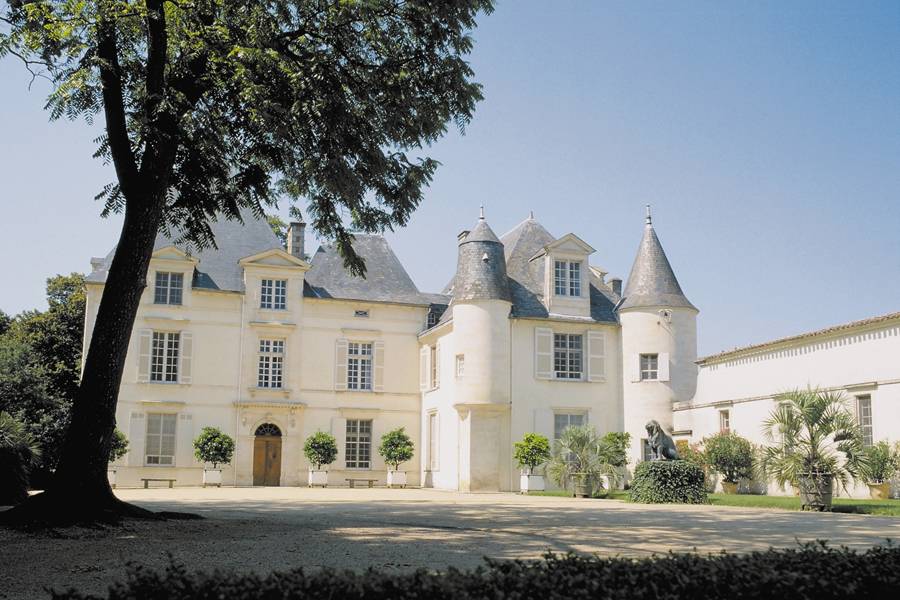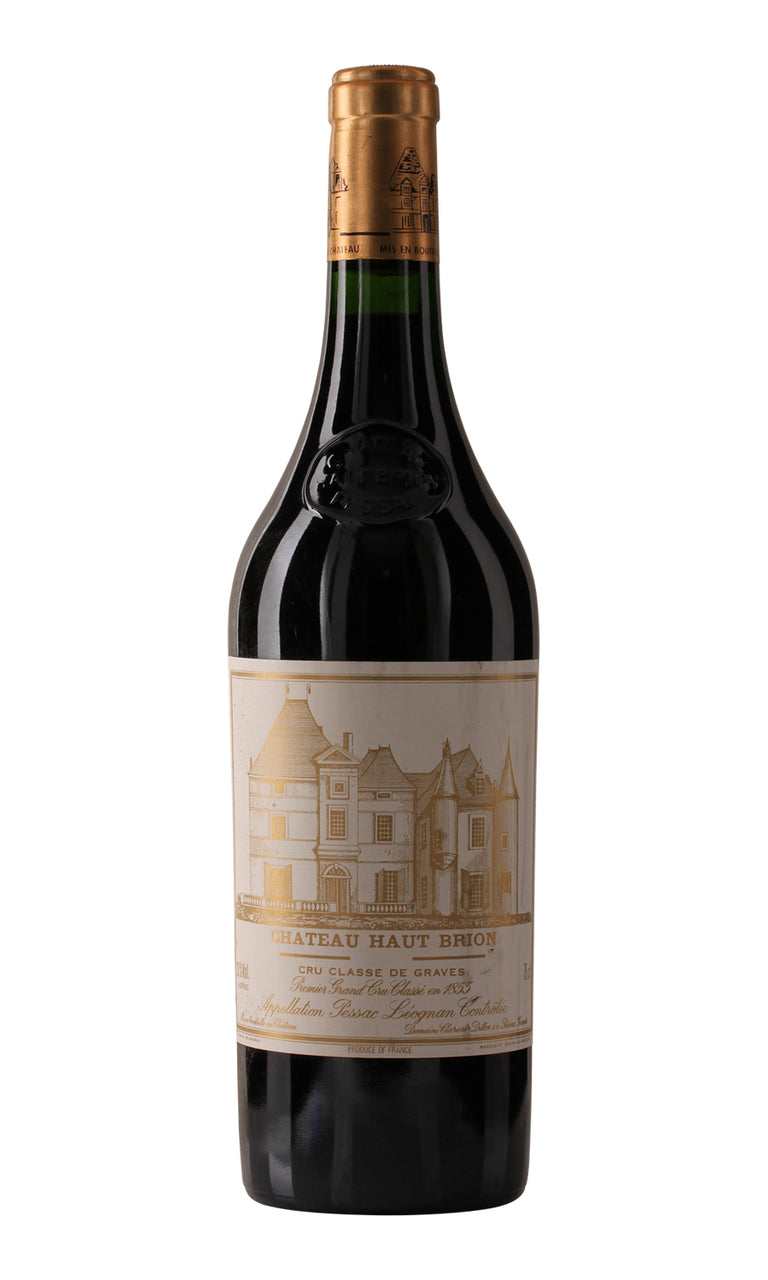- Colour Red
- Producer Château Haut-Brion
- Region Pessac-Léognan
- Drinking 2018 - 2045
- Case size 6x75cl
- Available Now
2006 - Ch Haut Brion 1er Cru Pessac-Léognan - 6x75cl
- Colour Red
- Producer Château Haut-Brion
- Region Pessac-Léognan
- Drinking 2018 - 2045
- Case size 6x75cl
- Available Now
Select pricing type
Need help? Call +44 (0)20 7793 7900 or email wine@goedhuiswaddesdon.com.
-
Goedhuis, May 2007, Score: 93-95
Super silky with suave tannins and a coaxing mouthfeel, the 2006 Haut Brion offers a poiseddrinking experience with ample flavours of dark bramble fruit and plum. It finishes fresh with aslightly chewy undercoat that reassures its fruit presence. Like its neighbour, La Mission Haut Brion, it is one of the few Graves produced with a predominance of Merlot (57%).
-
Robert Parker, February 2009, Score: 96
The 2006 Haut-Brion performed even better from bottle than it did from barrel. Sixty-four percent of the production went into this wine, and while it displays the vintage's powerful tannins andstructure, it possesses superb concentration, and the minerality/scorched earth notes of a great Haut-Brion. Medium to full-bodied, with perhaps not quite the fleshiness of the 2005 or 2000, it is built more along the lines of the 1998 and 1996. It is a brilliant effort displaying sensational purity, texture, and length that should be exceptionally long-lived. Anticipated maturity: 2017-2035 .
-
Robert Parker, April 2007, Score: 92-94
The 2006 Haut-Brion was somewhat closed when I tasted it, especially when compared to its blockbuster rival/sibling, La Mission Haut-Brion. The Haut-Brion (11,000 cases) is a tannic, backward wine at present revealing classic notes of smoke, scorched earth, liquid minerals, plums, currants, and cherries, medium body, and sensational purity as well as concentration. The high tannins will no doubt soften with aging in barrel, and, as Haut-Brion often does, the wine should expand and put on weight. While not as superb as the 2005 or 2000, the 2006 appears to be built along the lines of the 1996. Anticipated maturity: 2015-2030+.
-
Jancis Robinson, May 2007, Score: 18
57 Merlot, 41% Cabernet Sauvignon, 2% Cabernet Franc. The grand vin represents 59% of total production.Firm deep crimson. Complex rather hidden nose savoury and embryonic, tobacco perhaps. Round and lively rather charming already on the palate. Lively fresh tannins on the finish and sufficient fruit in the middle to give one confidence to believe that the wine will eventually be well balanced. Certainly pretty inky overall though the difference between it and La Mission is the fruit weight in the middle. Elegant rather than angular. More solid matter and a little more gravitas and majesty than La Mission.
Producer
Château Haut-Brion
Arguably the oldest recognised Bordeaux grand cru, Haut Brion has been owned by the American Dillon family since 1935. The Château was an early moderniser - the first estate to implement steel vats in 1961 - and over the years, their incredible investments have re-established the inherent quality of this property, enabling it to emerge as possibly the most consistent first growth since the 1980s. Situated in Pessac-Léognan ...Read more
Arguably the oldest recognised Bordeaux grand cru, Haut Brion has been owned by the American Dillon family since 1935. The Château was an early moderniser - the first estate to implement steel vats in 1961 - and over the years, their incredible investments have re-established the inherent quality of this property, enabling it to emerge as possibly the most consistent first growth since the 1980s. Situated in Pessac-Léognan in Graves, the estate is the only classified growth located outside the Médoc. Château Haut Brion has the most Merlot and the most Cabernet Franc of any of the First Growths and the second wine is Le Clarence de Haut-Brion, known as Ch Bahans Haut Brion prior to 2007.Read less

Region
Pessac-Léognan
Stretching from the rather unglamorous southern suburbs of Bordeaux, for 50 km along the left bank of the river Garonne, lies Graves. Named for its gravelly soil, a relic of Ice Age glaciers, this is the birthplace of claret, despatched from the Middle Ages onwards from the nearby quayside to England in vast quantities. It can feel as though Bordeaux is just about red wines, but some sensational white wines are produced in this area from a blend of sauvignon blanc, Semillon and, occasionally, muscadelle grapes, often fermented and aged in barrel. In particular, Domaine de Chevalier is renowned for its superbly complex whites, which continue to develop in bottle over decades. A premium appellation, Pessac-Leognan, was created in 1987 for the most prestigious terroirs within Graves. These are soils with exceptional drainage, made up of gravel terraces built up in layers over many millennia, and consequently thrive in mediocre vintages but are less likely to perform well in hotter years. These wines were appraised and graded in their own classification system in 1953 and updated in 1959, but, like the 1855 classification system, this should be regarded with caution and the wines must absolutely be assessed on their own current merits.




